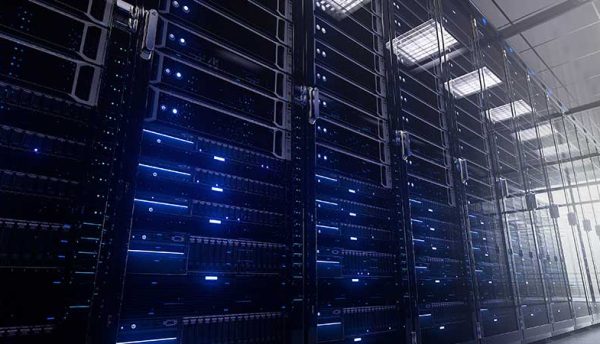Haitham Hussien, Senior Associate ELV/ICT Engineer, AE7, discusses his involvement in some major projects, how sustainability plays a part in the design and operation of a data centre compared to some years ago, and how he works to ensure quality and construction of facility design standards.
Can you tell us how you work with clients in the data centre sector?
We work with clients from concept design stage to construction supervision, up until operation, including tendering and approvals. We receive the initial requirements from the client during the kick-off meeting to build our concept report. I meet with the project stockholders during project stages, where I present the design development and propose solutions for any technical constraints.
Afterwards, we go through extensive discussions related to the systems and services to be served by the data centre, proposed location, storage requirements, network operations, power and cooling requirements and future provisions, to reach the final design stage that could take the project to tender and construction phases.
Can you talk us through some of the projects you’ve been involved with from the point of commission to the point of completion?
I have been involved in various projects across different sectors. I worked on the ICT and data centre design of mega projects in Dubai, Kenya, Qatar, Egypt and Oman. Also, I worked on airports, hotels, resorts, shopping malls, hospitals, banks, oil & gas, educational and smart buildings projects in Africa and Asia from concept stage to handing over to the client.
How does the design of a data centre differ today compared to in the last five years and how does sustainability play a part?
The main aspects which differentiate today’s data centre designs compared to 5-10 years ago are smart solutions for power and cooling, operations monitoring and sustainability.
In the past, you would do the design for a data centre and consider the power and cooling requirements regardless of the activity going on inside the data centre, so the efficiency was very challenging.
Now, we consider different options and systems to optimise the power and cooling requirements to ensure providing the exact load requirements to the racks. Furthermore, monitoring the performance of each rack, power consumed and heat generated inside the data centre. The software monitors all the racks and can control and balance the power and cooling requirements in the data centre to achieve maximum efficiency.
How do you adapt your strategy to cater to clients within different parts of the region?
We have three main aspects to consider: the client’s requirements, the local regulations and the international standards. Basically, I collect the information regarding the client’s preferences and needs and then create a solution that matches the local regulations and international standards while ensuring sustainability and efficiency.
What do you find are some of the nuances within client requests across the region?
The international standards are consistent, but the local regulations and the client’s preferences are the varying factors. Local regulations differ across the region from one country to another. However, even within the same country each client has their own priorities which can be commercial or performance related. So, we try to accommodate their needs by achieving the best performance with the agreed budget using a unique design tailored to them. In one of the data centres I worked on, the client decided to move 50% of the racks to the cloud and reduce the data centre size, power and cooling loads during the construction stage while maintaining the same functions throughout the project.
How do you ensure you meet client expectations of top-quality projects – what does this involve?
I engage in discussions with my clients on a bi-weekly – if not more – basis to ensure the requirements are met. Updates occur in our field almost every day, and to ensure I’m providing the best service, I consider it my duty to inform the client of any changes or ameliorations, I provide advice to the system implementation and so on.
This involves meeting the client’s requests to the highest standard. So, to match client expectations and even going beyond that, it’s essential to follow the international standards, local regulations and at the same time to integrate the client’s inputs during the project phases to ensure design efficiency. So, efficiency is crucial for meeting expectations – in terms of power, cooling and cost, and to optimise the built-up area. All of these aspects will lead to the efficient and approved design by the client.
Can you outline your strategy for success – how do you lead a team with this approach in mind?
The strategy for success starts from the concept stage. From here we gain an understanding of the client’s expectations and requirements. I guide my team technically to approach the design goals and monitor the progress of work to ensure quality. Also, I set up weekly meetings to discuss the workflow and resources assignment on different projects. It’s a matter of having the long-term goal in mind from the concept to the construction stage and monitoring the progress at each stage.
How have infrastructure requirements changed in line with increased digitalisation?
For the past three years, as the world moved through the COVID-19 pandemic, the focus on digital infrastructure has increased. The office space and face-to-face meetings have been replaced by work-from-home, facilitated by remote access to data and software. Modular architecture can be the optimum solution for organisations with more demand on cloud-based distributed technologies to support additional workload and business demands. Accordingly, IT infrastructure along with power and cooling requirements are scalable to meet the rapid demand.
Click below to share this article


